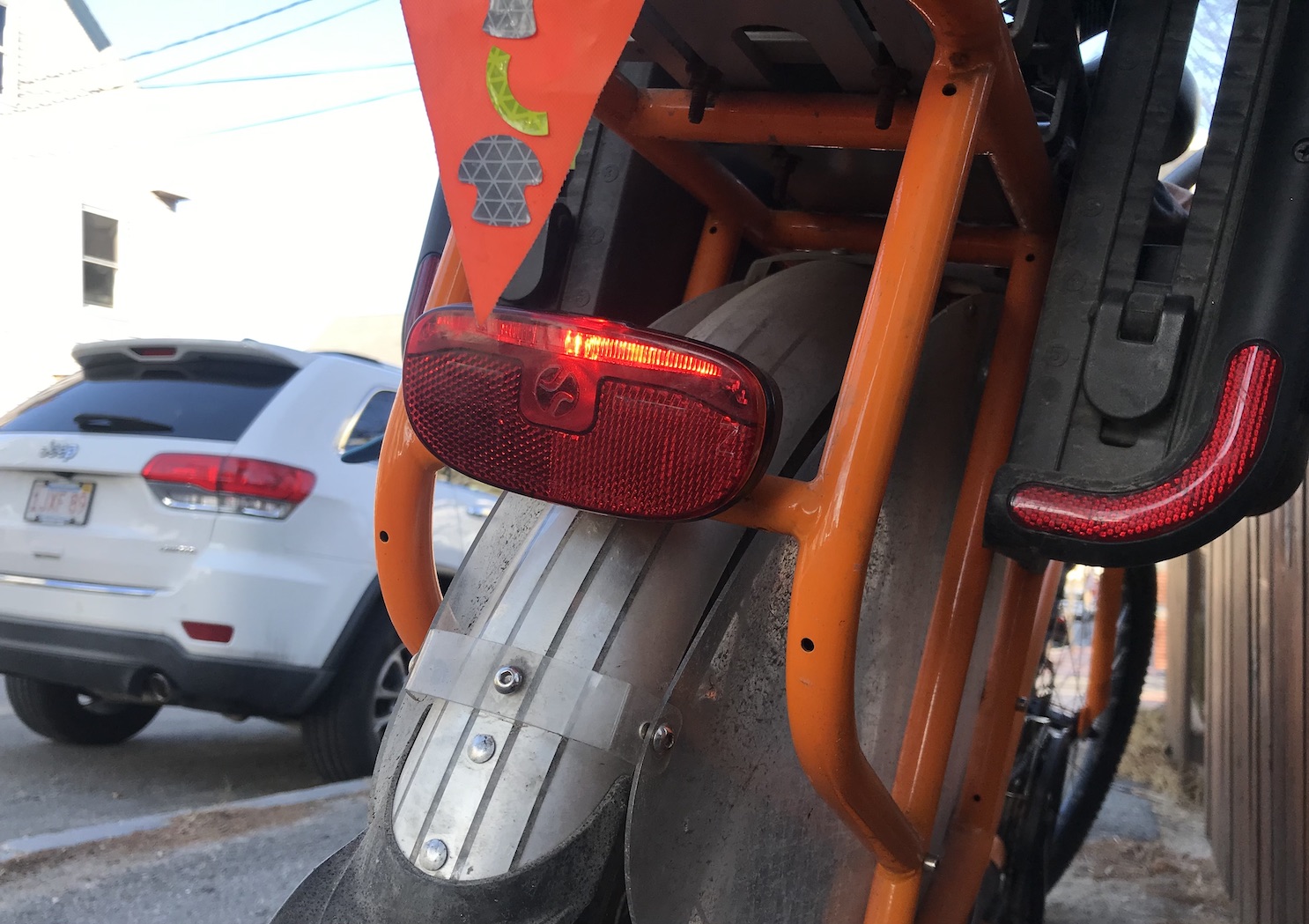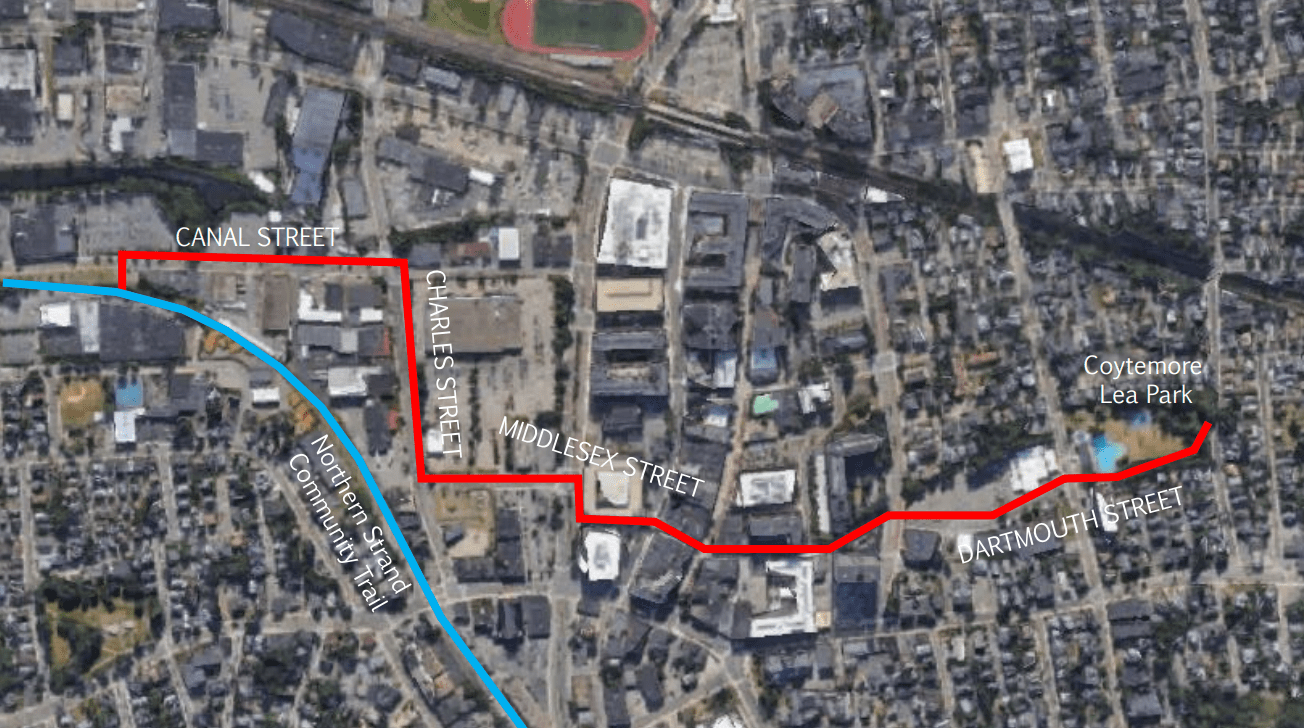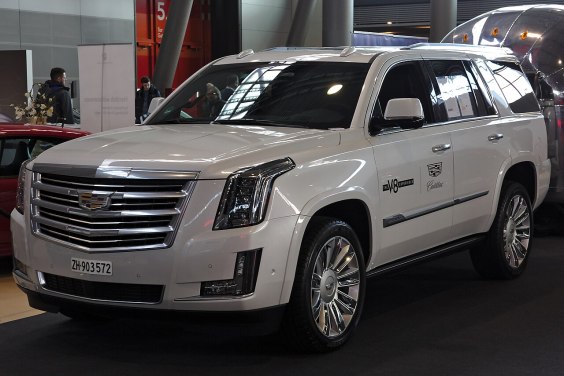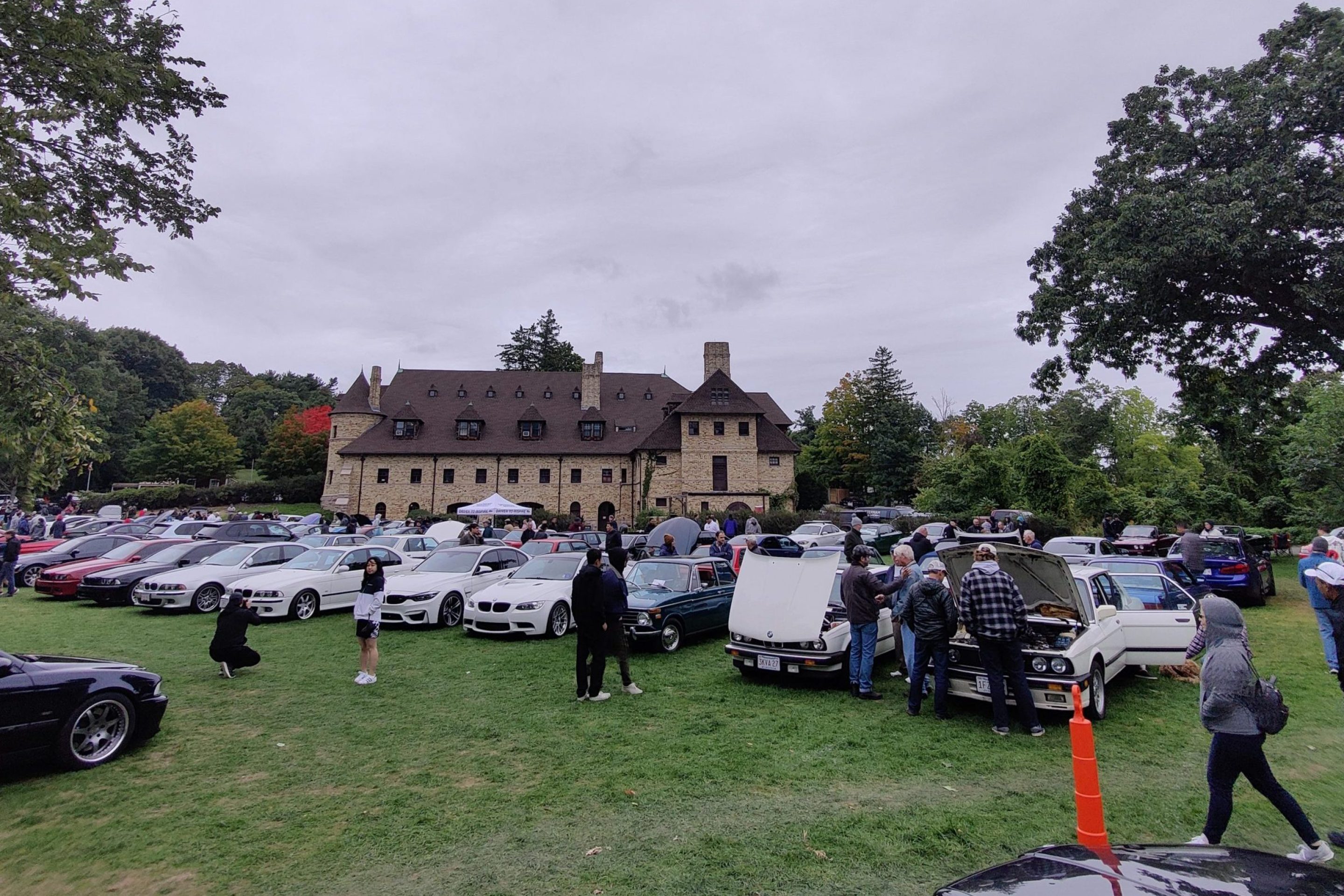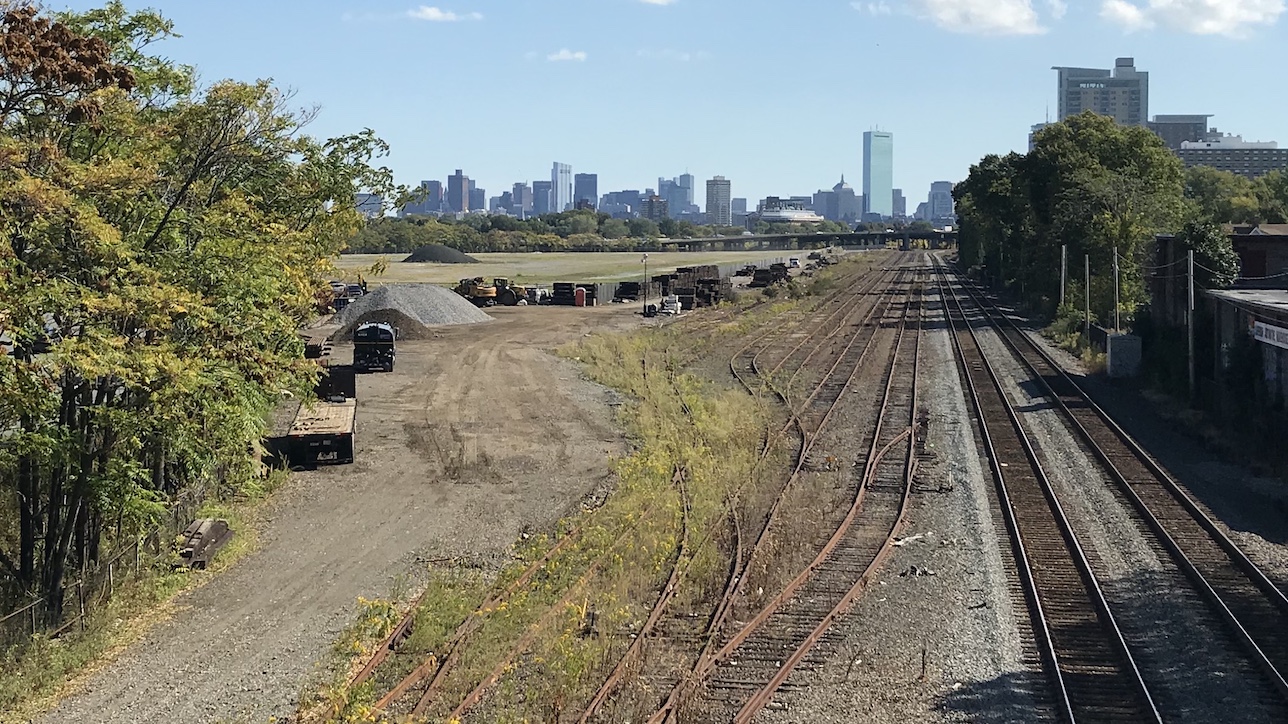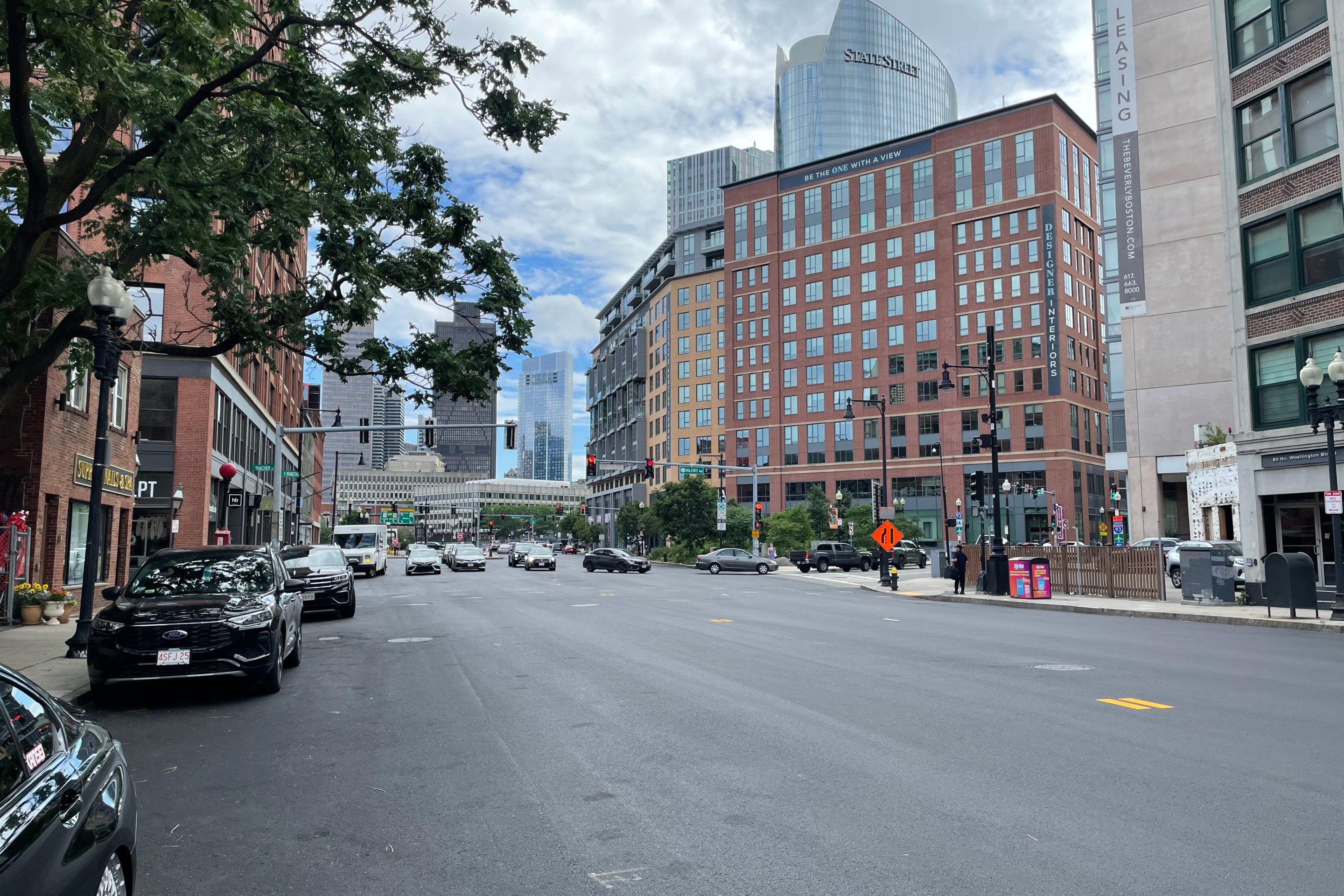In the slow days after the end of this year’s legislative session, Massachusetts lawmakers quietly passed a transportation safety bill that’s been in the works for more than a decade.
The final agreement came after haggling on the most controversial piece of the bill: a new requirement for bicyclists to use both a red rear light and red rear reflector when riding at night, rather than one or the other.
Bike advocacy groups had protested that provision in the past, with worries about police enforcement and liability in the case of crashes. But for some lawmakers, it was a non-negotiable priority.
So the version of the legislation which passed both the House and Senate this week includes a compromise: the new lighting rules can’t be the primary purpose for a police stop, and can’t be used as conclusive evidence of contributory negligence in a civil suit.
“I’m satisfied with where we landed, if we have to have it in a statute,” said Galen Mook, executive director of MassBike. “The writers of the bill were adamant about keeping it.”
Becca Wolfson, executive director of the Boston Cyclists Union, agreed. She and other advocates have pushed for education and distribution of lights, rather than a mandate.
But “it was the best we were going to get. And other things in the law are going to be incredibly important,” she said (disclosure: Wolfson is also a member of the StreetsblogMASS board or directors).
The first version of what eventually became the Act to Reduce Traffic Fatalities was filed in 2011.
“The stars finally aligned. Everybody focused on it,” said Sen. William Brownsberger, one of the primary sponsors of the legislation.
Here’s what else the bill will do if it’s signed into law by Governor Charlie Baker:
Vulnerable road users and three-foot passing distance
The bill sets a broad new definition for “vulnerable users” of the roads, including construction workers, emergency responders and people operating everything from bikes to scooters to wheelchairs to horses.
It requires that drivers leave three feet of space when passing vulnerable users at 30 mph or lower, adding a foot for each additional 10 mph.
Current laws only require a “safe distance” when passing, a generality that leaves room for interpretation.
“The real benefit to this in my opinion is the marketing, messaging and outreach campaign that’s going to be out there to say three feet is required, which is a whole new way that drivers are going to operate around road users,” said Mook.
The provision isn’t intended to be enforced with a tape measure by police officers, said Brownsberger.
“What it does is it becomes part of driver’s education, it becomes part of what happens when somebody goes to a bike store,” he said. “People will learn this stuff, and it’s a statement about what the norms of behavior should be.”
Wolfson too said she hopes the change will be rolled out in a way that focuses on education.
“Is the RMV going to change their driver’s license application program, and ensure there’s a question on every test about this?” she said.
New truck safety requirements
The bill requires that a limited subset of trucks (those owned or leased by the state starting in 2023, and those contracting with the state starting in 2025) add a number of safety measures intended to protect people on bikes, pedestrians and more.
They would have to install side guards, intended to prevent people on foot or bikes from being run over in side-on collisions. They would also have to use backup cameras, convex mirrors, cross-over mirrors, all intended to make sure that drivers can better see people on the road.
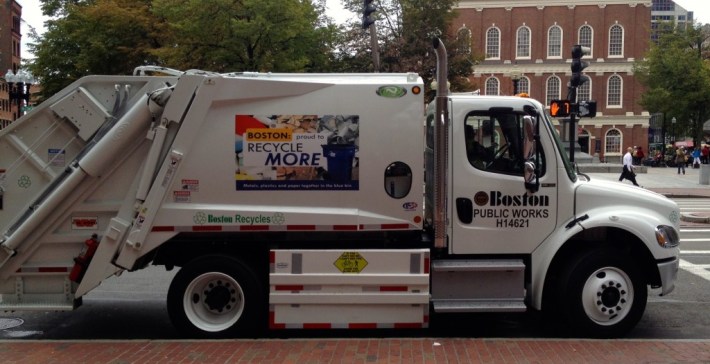
Brownsberger said that starting with just the limited set of trucks that the law will apply to was purposeful.
“It’s always good to start at a place that’s a little more controllable,” he said, to learn more about how well the new equipment works and how easily it can be set up.
“We do feel that the trucking companies can get behind this, if it keeps their drivers from killing somebody,” said Mook.
Lower speed limits on state roads
The legislation requires MassDOT to make a new reporting system for crashes involving vulnerable users, and publish them in an accessible database.
The bill also makes an update to previous legislation which had allowed cities and towns in Massachusetts to opt-in to lower their speed limits to 25 mph in “thickly-settled” areas.
Under the former law, municipalities weren’t allowed to change the speed limits on state-owned roads, including on “parkways” owned by the Department of Conservation and Recreation (DCR).
Under the new legislation, cities and towns would be able to reduce speed limits on state roadways to 25 mph, except on “limited access highways.”
That means that speed limits could be going down on streets like Boylston Street in Brookline (MassDOT’s Route 9, where the speed limit is currently 30 mph) and Morrissey Boulevard in Dorchester (a DCR “parkway” where the speed limit is currently 35 mph).
StreetsblogMASS has requested clarification from DCR about which of its parkways might fall under the “limited access highway” loophole; this story will be updated when we get their response.
Next up: Automated enforcement?
With this bill passed, that’s now two successes out of an informal three-part agenda that lawmakers have been working on for a decade, Brownsberger said (the first was the hands-free cell phone bill that passed in 2019).
The remaining hurdle is automated enforcement: the deployment of cameras to catch speeders and other violations of traffic laws, an often controversial policy idea but one that safety advocates see as important.
“It’s a good idea, but we have work to do on it,” Brownsberger said, citing worries about privacy and equity.
Wolfson also named automated enforcement as a priority for the next legislative session, emphasizing that it needs to avoid pitfalls like being deployed inequitably or being perceived as simply a means of generating revenue.
“We don’t think police enforcement is an appropriate tool to achieve Vision Zero goals,” she said. “Automated enforcement removes human error, removes human interaction, and targets behavior in an intentional way that also educates at the same time.”
